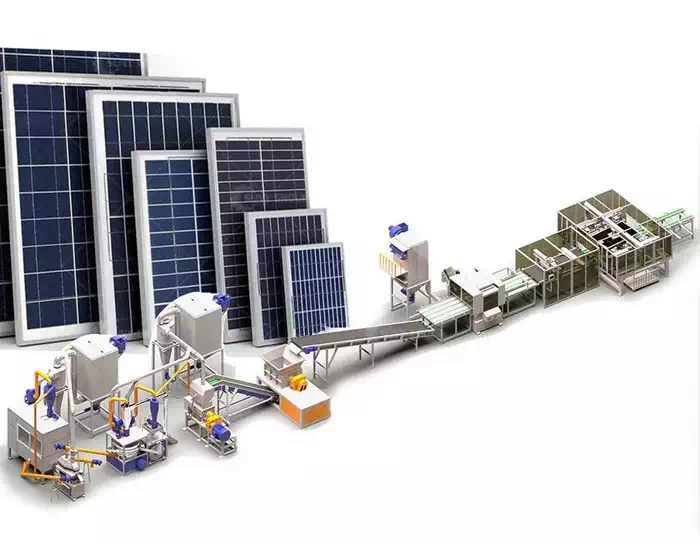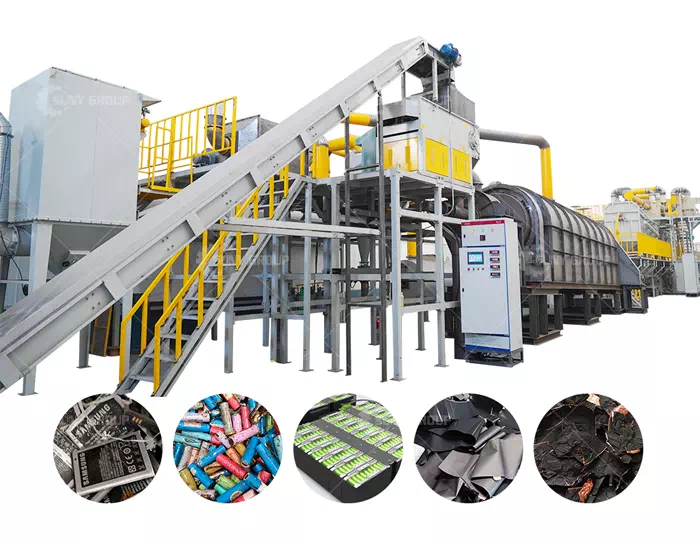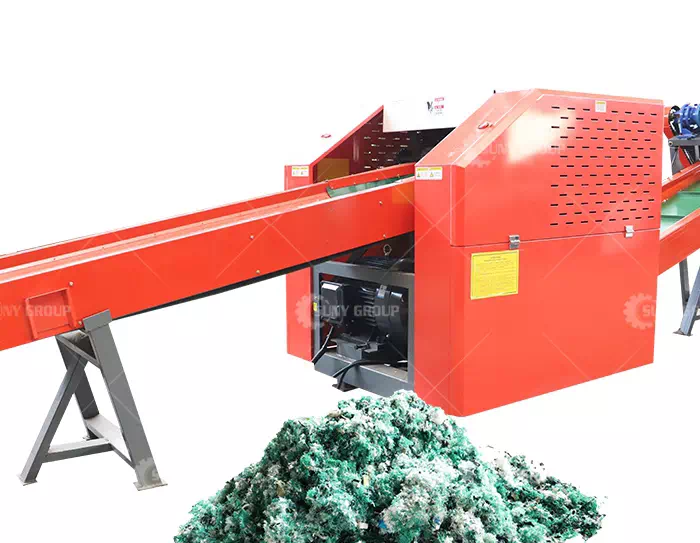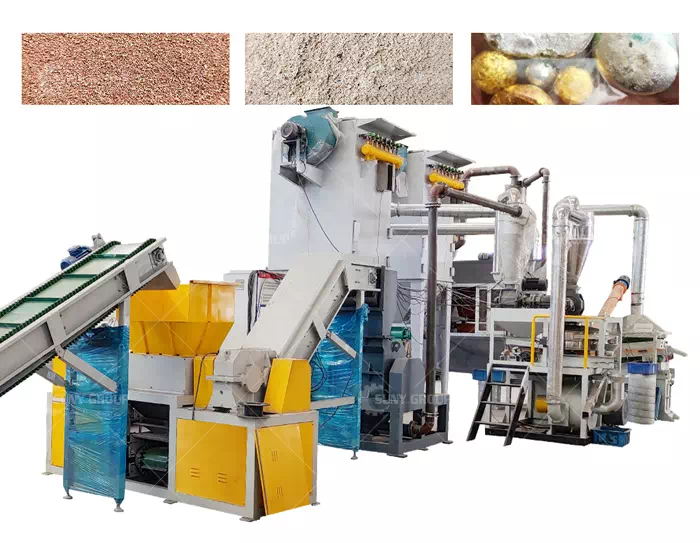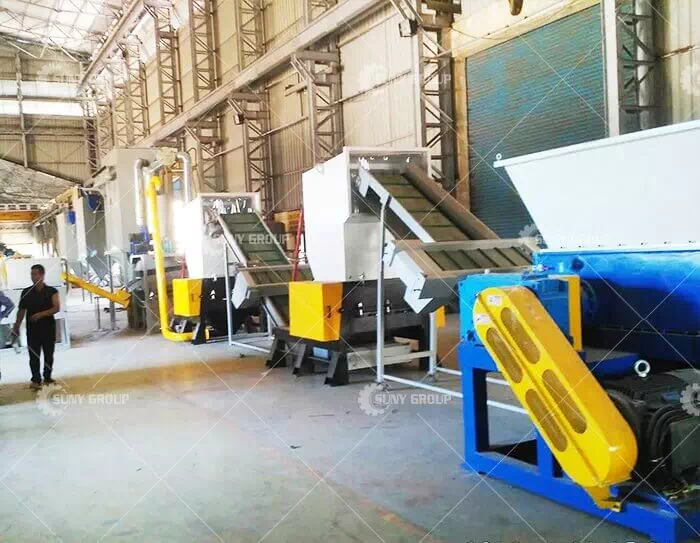Aluminum soda cans scape recycling plant
Aluminum soda cans are recycled in large quantities, and aluminum is a valuable non-renewable resource. However, a significant challenge in recycling these cans is the presence of surface paint and other coatings. Continuous carbonization and paint removal furnaces in aluminum soda can waste recycling plants provide an innovative and efficient solution to this problem. This article discusses the paint stripping process, the specific equipment used and its benefits.
Carbon stripping is the process of removing surface paint, varnish and other coatings from used soda cans during the recycling process. The process is critical because these coatings can contaminate recycled aluminum, reducing its quality and usability.

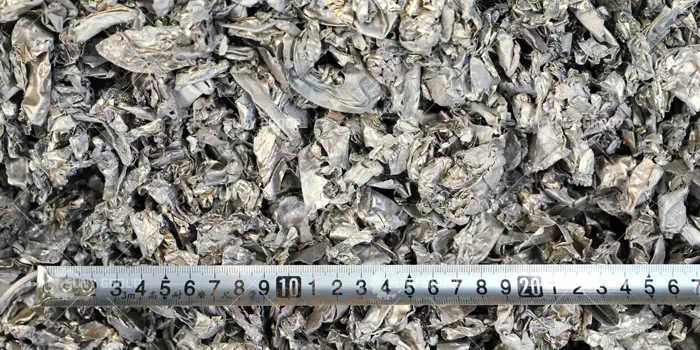
Paint removal from aluminum soda cans
A typical paint stripping process at an aluminum soda can recycling plant involves the following steps:
1. Preprocessing
Use a high-speed shredder to crush the soda cans into small pieces before stripping the paint. This helps increase the surface area exposed to the heat of the charcoal stove, making the paint stripping process more efficient.
2. Paint stripping in a continuous carbonization furnace
The chopped aluminum flakes are then fed into the carbonization furnace. The furnace uses the principle of pyrolysis to heat aluminum in an oxygen-limited environment to prevent combustion. The heat causes paint and other coatings to separate from the aluminum and turn into a gas.
The furnace is equipped with an advanced afterburner system that incinerates these gases, ensuring they are not released into the environment. The result is clean, stripped aluminum ready for melting and recycling.
Advantages of using carbonization paint removal furnace
Using a carbonization furnace for paint stripping in an aluminum soda can waste recycling plant has several significant advantages:
1. Improved aluminum quality: By removing paint and other coatings, the stripping process ensures the production of high-quality pure aluminum that can be used in a wide range of applications.
2. Energy Efficiency: Decoating increases the efficiency of the subsequent melting process. Since decoated aluminum is free of impurities, less energy is required to melt the aluminum, resulting in significant energy savings.
3. Environmental protection: the process prevents the release of harmful gases into the environment. The furnace's afterburner system incinerates the gases produced during the paint stripping process, reducing air pollution.
4. Economic value: paint removal improves the economic value of recycled aluminum. The resulting high-quality aluminum can fetch higher prices in the market, making the recycling process more profitable.
The use of carbonization furnaces for paint stripping in aluminum soda can scrap recycling plants represents a major advance in aluminum recycling technology. It ensures the production of high-quality recycled aluminum in an energy-saving and environmentally-friendly way. SUNY GROUP has more obvious advantages in this regard, and can formulate different solutions for customers to more efficiently remove paint from aluminum soda cans and recycle them.
Recommend products
CONTACT US:
If you have any requirement or suggestion, please fill in the form and send to us, thanks!E-mail:sunymachine@gmail.com | Whatsapp:+8613674945231


